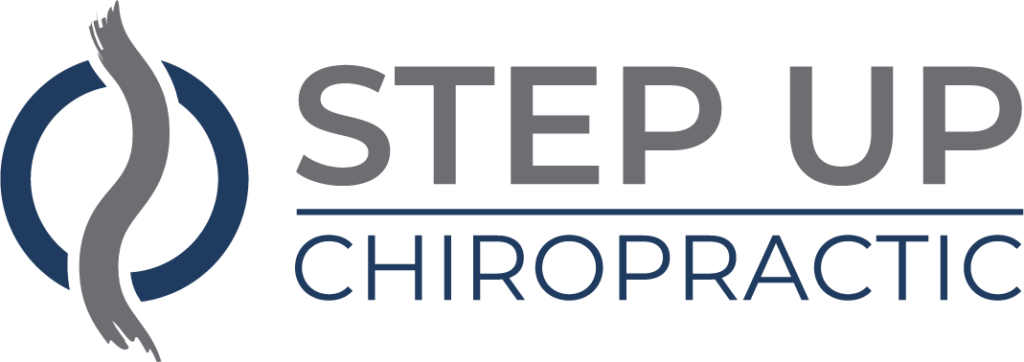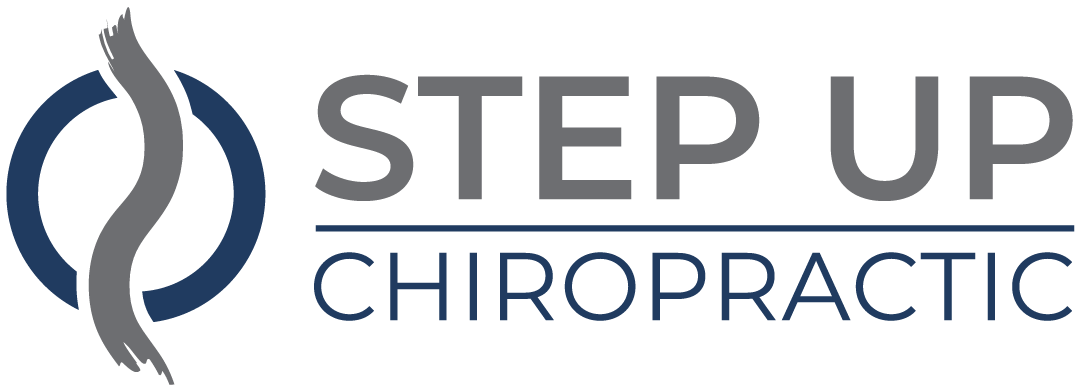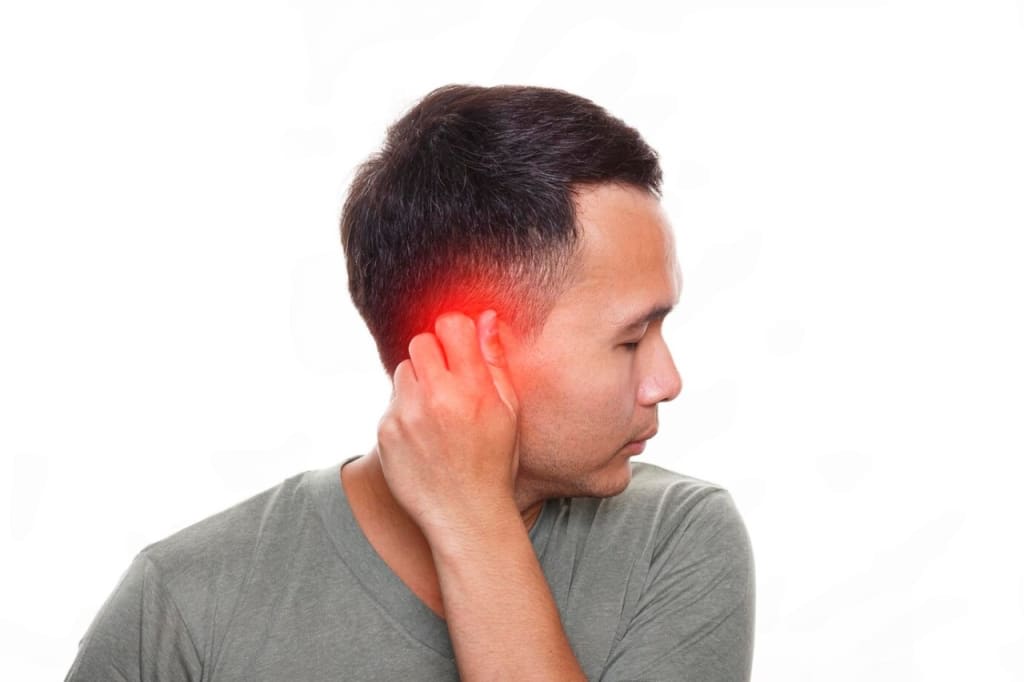If you're dealing with back pain in Honolulu, you're not alone, and there are effective strategies to help ease your discomfort. Start by examining your daily habits, from the way you sit at your desk to your choices in physical activity. Integrating simple stretching routines and core-strengthening exercises can make a significant difference. But that's just the beginning; exploring local resources and alternative therapies might provide you with additional relief. Curious about which options suit your lifestyle best? Let's explore some practical steps you can take.
Understanding Back Pain Causes
Back pain can stem from various causes, so it's vital to understand what might be affecting you. One common reason is poor posture, especially if you spend long hours sitting at a desk or hunched over a device.
Make sure you're aware of your posture while working or relaxing; small adjustments can make a big difference.
Another factor could be muscle strain. You might've lifted something heavy without proper technique or overexerted yourself during physical activities.
Be mindful of how you move your body, and listen to it when it signals discomfort.
Injuries, whether from sports or accidents, can also lead to back pain. If you've recently had an accident or engaged in a new physical activity, consider how that might be contributing to your discomfort.
Additionally, medical conditions such as herniated discs, arthritis, or scoliosis can play a significant role.
If your pain persists or worsens, seeking medical advice is essential. You should never ignore ongoing pain, as it could signal a more serious issue.
Lastly, lifestyle factors like being overweight or lacking physical activity can affect your back health.
Maintaining a balanced weight and incorporating regular exercise into your routine can help alleviate strain on your back.
Understanding these causes will empower you to make informed decisions about your lifestyle and seek appropriate treatment when necessary.
Taking proactive steps now can lead to better long-term back health.
Effective Stretching Techniques
When it comes to easing back pain, effective stretching techniques can make a real difference.
You'll want to focus on targeted muscle groups that contribute to your discomfort, and pay attention to how often and how long you stretch.
Targeted Muscle Groups
Effective stretching techniques can greatly relieve back pain by targeting specific muscle groups that contribute to discomfort.
Start by focusing on your hamstrings, as tightness here can pull on your lower back. Try standing and placing your heel on a low surface, keeping your leg straight while you lean forward gently. Hold this stretch for about 20 seconds.
Next, don't forget your hip flexors. Since these muscles can tighten from prolonged sitting, get into a lunge position, with one knee on the ground. Shift your weight forward slightly until you feel a stretch in the front of your hip. Hold for another 20 seconds before switching sides.
You'll also want to stretch your lower back. Lie on your back, pull your knees to your chest, and gently rock side to side. This movement helps release tension in the lumbar region.
Lastly, include your upper back in your routine. While seated, reach your arms forward and round your upper back, feeling the stretch between your shoulder blades.
Incorporating these targeted stretches regularly can make a significant difference in your back pain relief.
Frequency and Duration
Incorporating a consistent routine of stretching can considerably enhance your back pain relief efforts. Aim to stretch your back and supporting muscles at least three to four times a week. This frequency helps maintain flexibility and reduces tension. You don't need to spend hours; just 15 to 20 minutes per session can make a significant difference.
When you stretch, focus on holding each position for at least 20 to 30 seconds. This duration allows your muscles to relax and lengthen effectively. You can gradually increase the hold time as your flexibility improves. It's crucial to listen to your body; if you feel pain, ease off and adjust your position.
Incorporate a variety of stretches targeting different muscle groups, such as the hamstrings, hip flexors, and quadratus lumborum.
You'll want to avoid bouncing or jerking motions, as these can strain your muscles. Instead, move smoothly into each stretch and breathe deeply to promote relaxation.
Strengthening Your Core
To alleviate back pain, strengthening your core is essential, as it provides stability and support for your spine.
Incorporating effective core exercises into your routine can greatly improve your posture and reduce discomfort.
Importance of Core Strength
A strong core is essential for overall back health and can greatly reduce back pain. Your core supports your spine, helping to maintain proper posture and alignment. When your core muscles are weak, your back has to compensate, leading to strain and discomfort.
By focusing on core strength, you're not just protecting your back; you're enhancing your overall physical performance.
Here are a few reasons why core strength is so important:
- Stability: A strong core stabilizes your entire body, allowing you to perform daily activities with ease.
- Injury Prevention: Strengthening your core can help prevent injuries by providing better support to your back and reducing the risk of strains.
- Movement Efficiency: A well-conditioned core improves your balance and coordination, making movements smoother and more efficient.
- Posture Improvement: With a strong core, you can maintain proper posture, which is vital for reducing back pain and preventing future issues.
Incorporating core-strengthening activities into your routine can be a game-changer.
Prioritize this aspect of your fitness, and you'll likely notice a significant difference in how your back feels.
Effective Core Exercises
Strengthening your core doesn't have to be complicated; there are plenty of effective exercises that can fit seamlessly into your routine.
Start with planks. Get into a push-up position, but rest on your forearms instead of your hands. Keep your body straight and hold this position for 30 seconds to a minute.
Next, try bridge lifts. Lie on your back with your knees bent and feet flat on the floor. Lift your hips towards the ceiling, squeezing your glutes at the top, and hold for a few seconds before lowering. Aim for three sets of 10-15 repetitions.
Russian twists are another great option. Sit on the floor with your knees bent and lean back slightly. Hold your hands together and twist your torso to one side, then the other, while keeping your core engaged. Do this for 10-15 repetitions on each side.
Lastly, don't forget about bird-dogs. Start on all fours, extend one arm forward and the opposite leg back, keeping your body stable. Hold for a moment before switching sides.
These exercises won't only strengthen your core but also support your back, helping to alleviate pain.
Consistency in Training
Regularly incorporating core exercises into your routine is key to seeing lasting results. If you want to alleviate back pain, developing a strong core is essential. It stabilizes your spine, improves posture, and enhances overall strength.
However, consistency is critical. You won't see benefits overnight; committing to a training schedule will yield the best outcomes.
Here are some tips to help you maintain consistency:
- Set a Schedule: Carve out specific times in your week dedicated to core workouts. Treat these sessions like important appointments.
- Start Small: If you're new to core training, begin with shorter sessions. Gradually increase duration and intensity as you build strength.
- Track Your Progress: Keep a journal or use an app to record your workouts. This can motivate you and help you stay accountable.
- Mix It Up: Incorporate a variety of exercises to keep your routine fresh and engaging. Try planks, bridges, or yoga poses that strengthen your core.
Ergonomics in Daily Life
Many people underestimate the impact of proper ergonomics on daily life, yet small adjustments can considerably reduce back pain. When you set up your workspace, think about your posture. Your chair should support your lower back, and your feet should rest flat on the floor. If your desk is too high, consider using a footrest to keep your legs comfortable.
Position your computer screen at eye level to avoid straining your neck, and use a chair with armrests to help relieve pressure on your shoulders.
In daily tasks like cooking or cleaning, maintain a neutral spine. When you bend, use your knees instead of your back. This simple shift can make a big difference in how your back feels. If you're frequently lifting heavy objects, remember to keep them close to your body and pivot with your feet rather than twisting your back.
Don't forget about your downtime, too. When relaxing on the couch, choose a supportive cushion that keeps your spine aligned. If you're spending time on your phone or tablet, try to hold it at eye level to prevent slouching.
Lastly, take regular breaks throughout the day to stretch and move around. Sitting for extended periods can lead to stiffness and discomfort.
Exploring Alternative Therapies
When it comes to alleviating back pain, exploring alternative therapies can offer effective relief and complement traditional treatments.
You might find that these approaches not only address pain but also enhance your overall well-being. Each alternative therapy has its unique benefits, so it's worth considering what might work best for you.
Here are some popular alternative therapies to explore:
- Acupuncture: This ancient Chinese practice involves inserting thin needles into specific points on the body. Many people report significant pain relief and improved mobility after sessions.
- Chiropractic Care: Chiropractors focus on aligning the spine and improving overall function. Regular adjustments can help reduce discomfort and promote better posture.
- Massage Therapy: Therapeutic massage can relieve muscle tension, improve circulation, and promote relaxation. It's a great way to unwind while addressing pain in your back.
- Yoga and Pilates: Both practices focus on flexibility, strength, and breathing. They can help you develop core stability and improve posture, which may alleviate back pain over time.
Local Resources and Support
Finding local resources and support can make a significant difference in managing back pain effectively. In Honolulu, you have access to a variety of services and professionals dedicated to helping you find relief.
Start by reaching out to local physical therapists who specialize in back pain. They can create personalized treatment plans tailored to your specific needs, helping you strengthen your core and improve your posture.
Don't overlook chiropractic clinics in your area. Many chiropractors focus on spinal alignment and can provide adjustments that relieve tension and pain.
You might also consider acupuncture, which is offered at various wellness centers around Honolulu. This alternative therapy has been known to alleviate pain and promote relaxation.
Support groups can also be invaluable. Connecting with others who are experiencing similar challenges can provide emotional support and practical advice.
Look for local organizations or meetups focused on back pain management. They often share resources, tips, and encouragement that can boost your motivation.
Additionally, local gyms and community centers may offer classes in yoga or Pilates, both of which can strengthen your back and improve flexibility. Participating in these classes not only helps with physical wellness but also fosters a sense of community.
Lastly, don't hesitate to consult with your primary care physician for guidance on specialists and further resources. They can help you navigate your options and guarantee you're on the right track to managing your back pain effectively.
Conclusion
Incorporating these strategies can greatly help alleviate your back pain in Honolulu. By understanding the causes, practicing effective stretches, and strengthening your core, you'll create a solid foundation for relief. Don't forget to optimize your workspace ergonomically and explore alternative therapies that suit your needs. With local resources and support available, you're well on your way to a more comfortable and active lifestyle. Take charge of your health and enjoy the beautiful surroundings of Honolulu!




